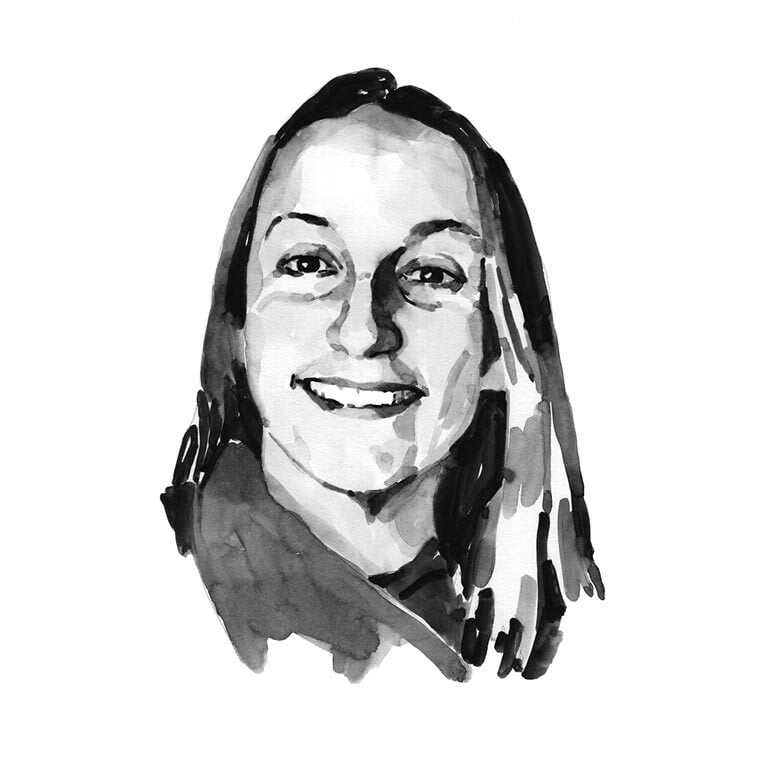Anna Simeon

Who I am
My interest in the ocean began when I was growing up in Alaska, where I was lucky enough to spend lots of time on the water and among the region’s coastal communities. I always knew that I wanted to study marine ecosystems, but my scientific journey has been anything but straightforward.
My first real foray into research was during an internship in the Caribbean, studying the ecology of coral reefs. Intrigued by the tropics, I moved to Guam to complete my Master’s degree and launched diving expeditions to Micronesia, Japan and the Mariana Islands to collect samples of marine plants for genetic analysis. With a new appreciation for the field of genetics and how it can be used for conservation, I moved to Seattle to study the genetic basis for growth patterns in and the population structure of Pacific halibut, an important commercial species. This experience cemented my interest in the topic and I enrolled to pursue a PhD at the University of Washington, where I’m using genetic and modelling methods to learn more about fish population dynamics.
Where I work
My work on this project starts in South Africa, where researchers at the KwaZulu-Natal Sharks Board maintain and routinely patrol shark nets and drumlines. Healthy shark populations are critical for healthy marine ecosystems and it is important to monitor them to make sure they are kept at sustainable levels. Each time a shark is caught, the sharks board scientists determine its size, length and sex and collect a genetic sample in the form of a fin clip. The fin clips of great white sharks are sent to me at the University of Washington, where I work in the lab to obtain genetic sequencing data from those clips and use the data to infer how many individuals are in a population, how many offspring they are producing and even their natural mortality rate.
What I do
Once I have the fin clips in hand, I follow a lengthy laboratory protocol to separate the DNA from the tissue. The clean DNA is then prepared to be sequenced and the data received from the sequencing machine are used to identify specific genetic markers that indicate when two individuals are related to each other. The number of related pairs I find is one indicator of the population size; the fewer the number of pairs, the larger the population.
This project also requires me to construct a demographic maximum likelihood model using known life-history data and information about each individual to estimate population sizes. Once complete, this model will enable us to monitor the great white shark population by adding the genetic data of more samples as they are obtained.
